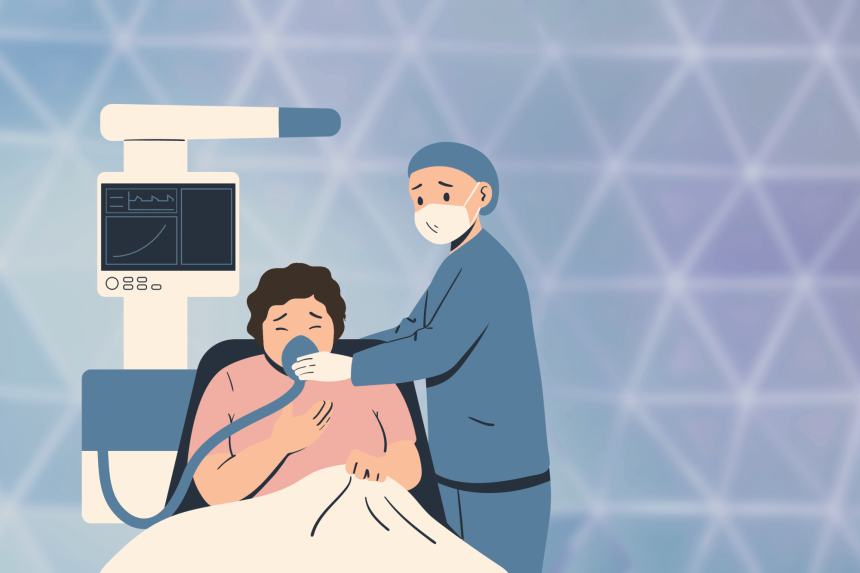Studies have shown that Long Term Oxygen Therapy (LTOT) can reduce the need for hospitalization by 43.5%. LTOT can be used for many ailments, such as chronic obstructive pulmonary disease (COPD).
There are lots of different types of oxygen masks on the market, from simple and subtle to big and complex. So which oxygen mask is the best choice for you? If you’re getting ready to purchase one of the many options, this article will help you decide which oxygen mask delivery is right for you.
Nasal Cannula
If you’ve ever watched a medical show on television, you’ve seen these. Nasal cannula oxygen delivery systems utilize a lightweight tube, sending oxygen into the patient’s nasal cavity through two prongs. These are designed to provide a low amount of supplemental oxygen, not for people with serious lung function issues.
Simple and Straightforward
A step up would involve a simple oxygen mask and utilizing a reservoir system. Such a system stores oxygen during inhalation and exhalation. This allows the patient to draw from the oxygen reservoir any time they need to.
This is a great option for patients who are primarily mouth breathers. The caveat is that a simple oxygen mask should only be used for a few hours.
High-Flow Masks
Fraction of inspired oxygen (FiO2) is the amount of concentrated oxygen that a patient inhales. If a patient requires an oxygen concentration equal to or greater than their FiO2 demand, they have a few options.
Venturi masks create enriched oxygen by mixing the O2 with room air. They’re usually used when a doctor is concerned about a patient’s Carbon Dioxide (CO2) retention. It is also commonly used for COPD patients who are in danger of having their hypoxic drive out of whack.
Aerosol-generating devices can also be used in certain situations. These devices provide water to patients. They are perfect for patients recovering from tracheotomies because the inspired air is oxygenated and humidified.
Another high-flow option is a partial rebreather. Rebreather masks cover both the patient’s nose and mouth, with a two-way valve connecting the mask to the reservoir.
A partial rebreather saves one-third of the CO2 the patient exhales. When they inhale, they breathe that CO2 back in. This has the effect of stimulating their breathing, making oxygen intake easier.
Invasive vs. Non-Invasive Ventilation
Continuous positive airways pressure (CPAP) uses a tight-fitting mask that is attached to a ventilator. The patient receives continuous pressure, splinting airways and reducing alveolar collapse.
Bilevel positive airway pressure (BIPAP), like CPAP, is non-invasive. It is delivered using a similar system, except it delivers both inspiratory and expiratory pressures instead of just a single pressure.
Invasive ventilation is used mainly in intensive care when the patient can’t breathe on their own. A ventilation bag is attached to an artificial airway, supplying up to 100% oxygen delivery.
Different Types of Oxygen Masks
Oxygen masks, from simple to complex, can help save a life. But knowing which of the different types of oxygen masks to use in a certain situation is more complex than simple. Hopefully, this brief guide was useful to your decision-making process.
If you found this article informative, check out any of the other helpful topics we have on our website.















